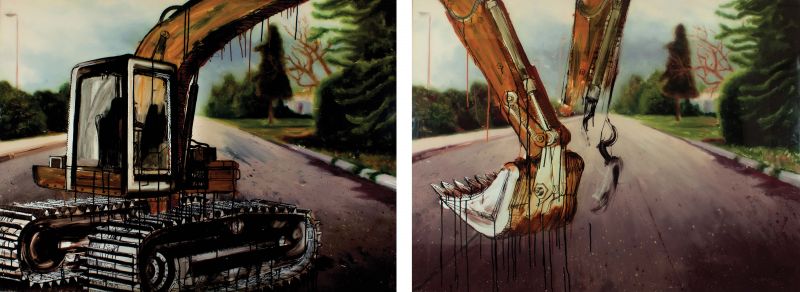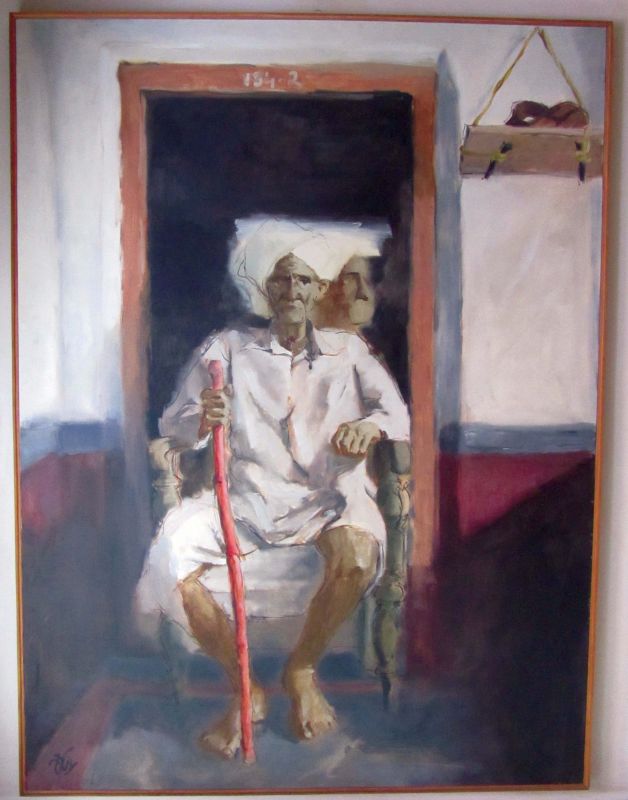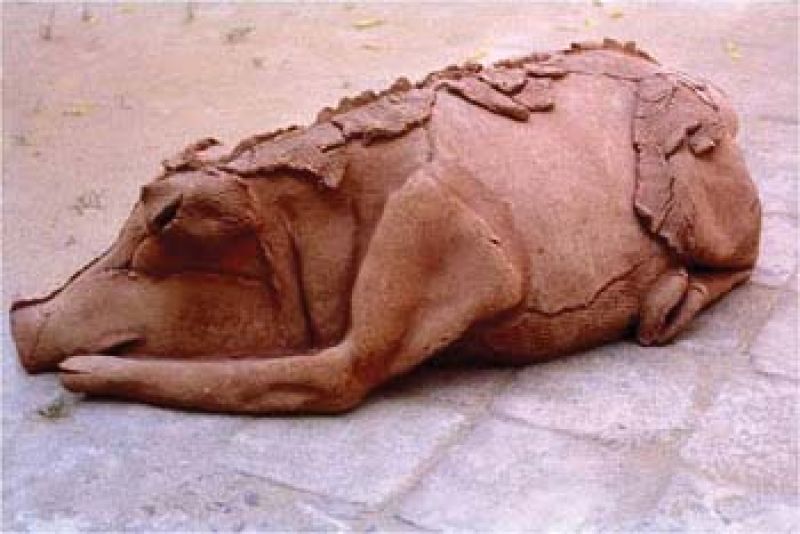Down the bylanes of modernity'

Curator Suresh Jayaram's opening remarks at the launch of Perspectives of Karnataka Modern Art Last week were made, perhaps, in the interest of brevity. They did, however, belie the mammoth undertaking that Jayaram has immersed himself in over the past year, commissioned by the National Gallery of Modern Art in Bengaluru. With 250 artworks and some 130 artists, the show, which occupies every wing of the sprawling gallery, goes back over a 100 years - an intensive journey through the cultural and socio-political bedrock of Karnataka's history. To Jayaram, the emphasis lay on stepping away from the national and traversing instead, "the smaller bylanes of modernity.”
"Karnataka is a large state with a number of regional differences," says Jayaram. "You have Hyderabad Karnataka, Mumbai Karnataka and Hale Mysuru. How do art colleges in this regions inculcate their students with knowledge?" Karnataka art, he explains, is a coming together of traditions and trends from around the country - from the progressive, surrealist influences of Baroda and Shanthinikethan, the realist influences of Raja Ravi Varma who enjoyed the patronage of the royal family of Mysuru, to line drawings by cartoonist G.Y. Hublikar, creator of 'Chingari'.
"Early modernism happened in Mysuru, which was economically buoyant and a centre of culture at the time," Jayaram explains. This was due in large part to the vision of the Wadiyars - Sir Krishnaraja Wadiyar, who was ably assisted by Mirza Ismail, the then Dewan of Mysuru. Around 15 Raja Ravi Varma paintings are on display at the Jaganmohan Palace in Mysuru - the NGMA show has lithographs on display, "We weren't able to get the required sanctions," Jayaram remarks. This heightened aesthetic sensibility pervaded into every aspect of cultural identity, architecture included. "They brought in people like GH Krumbiegel to design public spaces as well," he says.
Later, artists like K.K. Hebbar brought elements of the progressive art movement into the state. The 1970s, says Jayaram, was marked by a watershed movement of sorts, as artists from the state moved in large numbers to cosmopolitan hubs like Shanthiniketan and Baroda. Artists like Chandranath and Chandrashekar who went to Shanthiniketan, began to break away from the photorealistic trends that dominated the state. "Surrealism was the antidote to the trends at the time and their emphasis on photorealism.” Artists like S.G. Vasudev played a major role too, bringing with him to Karnataka ideas that had developed at Cholamandal in Chennai.
"I began to look for maps, for connections," Jayaram said, at the inauguration earlier this month. "I want to locate art in its socio-political context and the formation of the state in the 20th century, the new emphasis on Kannada and the problems that prevailed in the northern regions of the state. Artists had begun to make oblique comments on these matters, too." Visual art also began to bear traces of influences from other forms, including folk traditions like Yakshagana.
To Jayaram and his two helpers, Sandya A. and artist Aishwaryan, this meant several months of research and travelling to artists' homes in the hope of discovering something new. The absence of an archive only heightened the challenge. "We had instances of artists refusing to give us work, despite our assurances that they would stay safe." There were moments of discovery too - getting hold of Hublikar's work was a challenge at first, until his wife opened up a carton of his works, Jayaram says, adding, "We were, quite literally, watching history unfold before us."
What: Perspectives of Karnataka Modern Art
When: Nov. 11- Dec. 10
Where: NGMA, #49, Manikyavelu Mansion, Palace Road




